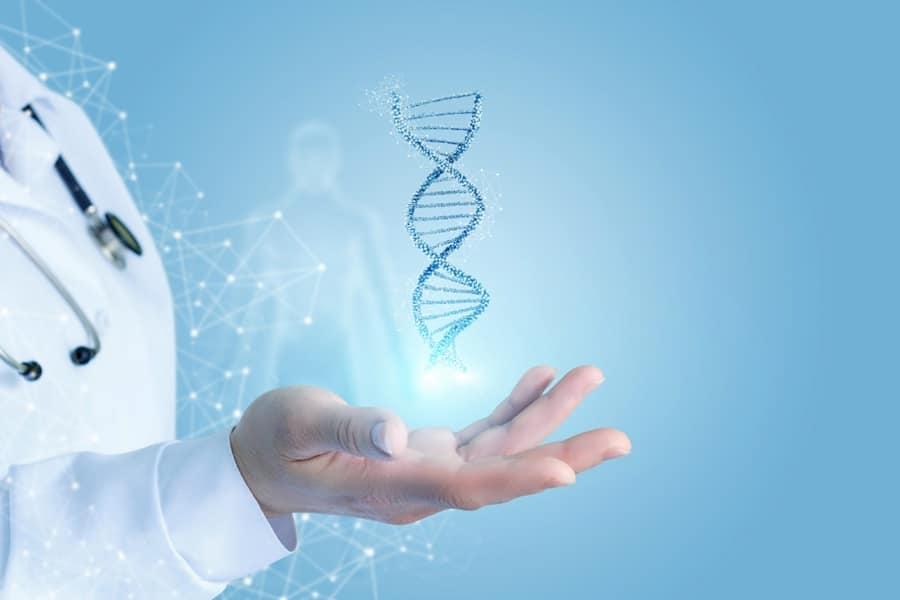The liver, one of the most vital organs in the human body, performs numerous essential functions, including detoxification, protein synthesis, and the production of biochemicals necessary for digestion. It serves as the body’s primary defense system against toxins, acting as a gatekeeper that processes everything we ingest, breathe, and absorb through the skin. One of these substances is alcohol – a commonly consumed toxin that, when ingested in excess, can have dire consequences on the liver’s health. This article explores the relationship between alcohol’s and liver health, dissecting how alcohol affects the liver, the progression of liver diseases related to alcohol, and preventive measures.
Contents
- 1 The Nature of Alcohol
- 2 The Liver’s Role in Alcohol Metabolism
- 3 Impact of Alcohol on Liver Cells
- 4 Alcoholic Liver Disease (ALD)
- 5 Symptoms and Diagnosis of ALD
- 6 Alcohol and Liver Cancer
- 7 Treatment for ALD and Liver Cancer
- 8 Prevention of Alcohol-Related Liver Damage
- 9 Emerging Research and Hope for the Future
- 10 Concluding Thoughts on Alcohol and Liver Health
The Nature of Alcohol

Alcohol, scientifically known as ethanol, is a psychoactive substance widely consumed in many societies worldwide. Found in drinks such as beer, wine, and spirits, it is produced through the fermentation of sugars by yeast. The human body can absorb alcohol quickly, often within about five to ten minutes of consumption, with its effects felt shortly after. Its quick absorption makes alcohol’s impact on the body immediate, influencing the central nervous system and metabolic processes.
Once ingested, alcohol enters the bloodstream, flowing to all body parts, including the brain and liver. The liver is responsible for breaking down and removing alcohol from the body. However, it can only metabolize a certain amount of alcohol at a time, leaving any excess circulating throughout the body. The rate of metabolism varies among individuals due to factors such as genetics, overall health, and the presence of other substances in the body.
The Liver’s Role in Alcohol Metabolism

The liver plays a pivotal role in alcohol metabolism, responsible for processing the majority of consumed alcohol. The alcohol dehydrogenase (ADH) enzyme, located in the liver cells, begins the breakdown process by converting alcohol into acetaldehyde – a highly toxic compound and known carcinogen. This acetaldehyde is then quickly converted into acetate by another enzyme, aldehyde dehydrogenase (ALDH), which is further broken down into water and carbon dioxide for easy elimination from the body.
However, the liver’s ability to metabolize alcohol is limited, processing roughly one standard drink per hour. The body’s blood alcohol concentration (BAC) will rise when alcohol is consumed more quickly than the liver can break it down. High BAC levels can lead to behavioral and physiological changes, including impaired motor control, altered judgment, and potentially dangerous reductions in breathing and heart rates. Furthermore, chronic alcohol overconsumption can overwhelm the liver’s metabolic processes, leading to damage and disease.
Impact of Alcohol on Liver Cells

Alcohol’s toxic effects on the liver are twofold: direct damage from the substance itself and indirect damage from the byproducts of alcohol metabolism. Alcohol molecules can weaken liver cell membranes, making them more damage-resistant. The liver then struggles to repair itself, causing inflammation and scarring, also known as fibrosis. Over time, this can disrupt the liver’s ability to function properly, setting the stage for the onset of liver disease.
Additionally, acetaldehyde – the initial product of alcohol metabolism – is highly toxic and reactive. Its accumulation in the liver can lead to several damaging effects, including oxidation and inflammation of liver cells. These responses can eventually lead to the death of liver cells, a condition called alcoholic hepatitis. Furthermore, the increase in oxidative stress and chronic inflammation in the liver may lead to liver fibrosis and, eventually, cirrhosis – the last and most dangerous stage of alcoholic liver disease. These stages of liver damage are not only devastating to the liver itself but also have significant consequences for overall health and well-being.
Alcoholic Liver Disease (ALD)

Alcoholic Liver Disease (ALD) represents a spectrum of liver conditions directly related to alcohol consumption. It begins with the development of fatty liver, a condition that involves the accumulation of fat within liver cells. This is a reversible condition and usually presents no symptoms, although it clearly indicates that one’s drinking negatively affects liver health.
ALD’s progression leads to alcoholic hepatitis, characterized by inflammation and damage to the liver cells caused by excessive alcohol consumption. If drinking continues, the liver becomes scarred and hardened, a condition known as cirrhosis. Cirrhosis is the most severe form of ALD, a life-threatening condition where the liver is severely scarred and no longer able to function properly. It can lead to numerous complications, including liver cancer, liver failure, and death.
Symptoms and Diagnosis of ALD

In the early stages of Alcoholic Liver Disease, like fatty liver, individuals may not experience any symptoms. However, as the disease progresses into alcoholic hepatitis and cirrhosis, symptoms may become more evident. These can include fatigue, nausea, loss of appetite, abdominal pain, jaundice (yellowing of the skin and eyes), and abdominal swelling.
Diagnosing ALD involves a combination of medical history analysis, physical examination, and diagnostic tests. The physician may assess the individual’s drinking history and perform a physical examination to check for physical signs of liver damage. Diagnostic tests like blood tests, imaging tests (like ultrasound, CT scan, or MRI), and liver biopsy can provide more detailed information about the liver’s condition and the extent of the damage.
Alcohol and Liver Cancer

Chronic alcohol consumption is a well-established risk factor for developing liver cancer, specifically hepatocellular carcinoma (HCC), the most common type. The damage and inflammation caused by long-term alcohol abuse can lead to changes in the liver’s DNA, triggering abnormal cell growth and eventually leading to cancer.
The risk of liver cancer increases with the amount and duration of alcohol consumption. Even more, individuals with ALD, especially those who have progressed to the stage of cirrhosis, have a significantly higher risk of developing liver cancer. It is noteworthy that liver cancer often has no symptoms until it has reached an advanced stage, making regular monitoring and early intervention crucial in individuals with a history of heavy drinking.
Treatment for ALD and Liver Cancer

The treatment for ALD begins with immediate alcohol cessation. This can stop the progression of the disease and even reverse some of the early stages of damage. In severe cases, medications might be used to reduce liver inflammation, and nutritional support may be necessary due to malnutrition often associated with ALD.
In cases where ALD has progressed to cirrhosis or liver cancer, treatment becomes more complex and may include liver transplantation. Liver cancer treatments can range from surgery to remove the tumor radiation therapy, targeted drug therapy, or immunotherapy. It’s important to note that early detection plays a crucial role in the effectiveness of these treatments, emphasizing the importance of regular check-ups and monitoring for high-risk individuals.
Prevention of Alcohol-Related Liver Damage

Preventing alcohol-related liver damage primarily involves moderating alcohol consumption. Health experts recommend drinking in moderation, defined as up to one drink per day for women and up to two drinks per day for men. Additionally, it’s essential to have alcohol-free days every week to allow the liver time to recover and repair itself.
Aside from moderate drinking, maintaining a healthy lifestyle can prevent alcohol-related liver damage. This includes eating a balanced diet, exercising regularly, staying hydrated, and avoiding other liver-damaging substances like certain medications and illegal drugs. Regular health check-ups can also help in the early detection and treatment of liver issues before they escalate to severe conditions.
Emerging Research and Hope for the Future

Current research offers hope for improved prevention, diagnosis, and treatment of alcohol-related liver disease. Novel therapies targeting inflammation and fibrosis in the liver are under investigation, potentially leading to more effective treatment strategies. Also, advancements in medical imaging technologies are improving the early detection of liver disease and enhancing treatment outcomes.
Furthermore, researchers are studying the genetic and molecular mechanisms of alcohol-induced liver damage, which may lead to targeted therapies in the future. The development of predictive models for individuals at risk of developing ALD is also an active area of research, which could allow for early intervention and personalized treatment plans.
Concluding Thoughts on Alcohol and Liver Health
The impact of alcohol on the liver is a significant health issue that can lead to serious diseases and life-threatening conditions. However, awareness of alcohol’s effect on the liver, coupled with moderation in consumption and a healthy lifestyle, can go a long way in preventing these adverse outcomes. It is also encouraging that the field of medical research continues to innovate and uncover new methods for early detection, treatment, and, most importantly, prevention of alcohol-related liver diseases. As our understanding of these conditions continues to grow, so too does our hope for a future where liver disease’s burden is substantially reduced.


